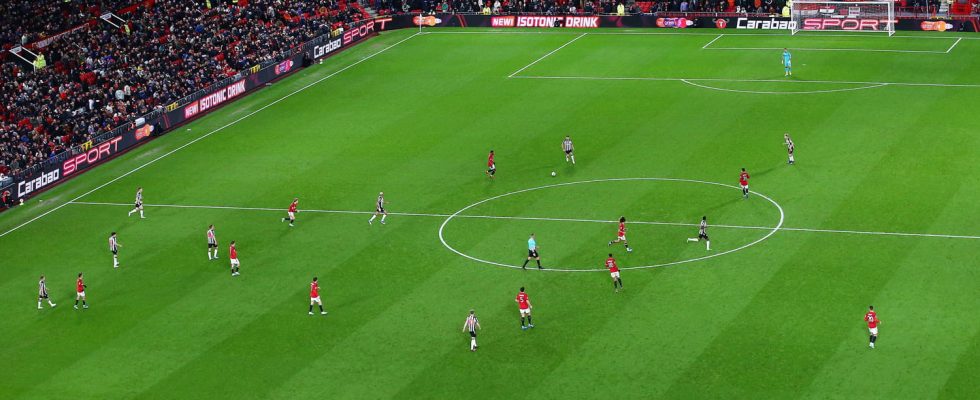This giant of English football has enormous debts, and still has to pay clubs for transfers dating back several years.
English clubs are used to spending almost lavishly on the transfer market, thanks to revenues that no other league is capable of generating. But one of the Premier League’s biggest clubs is riddled with debt, notably due to its expensive purchases during the last transfer windows, which it has still not finished paying off. Despite record revenues amounting to nearly 750 million euros for the 2022-2023 season, the club still recorded a deficit, and continues to go into debt to maintain its lifestyle and remain competitive at the highest level.
While negotiations for the sale of Manchester United are still ongoing, the club has published its accounts for the 2022-2023 season, which still show significant losses and above all a debt which continues to grow. In addition to the astronomical sum of 888 million euros in bank loans to be repaid, the Red Devils still owed no less than 365.22 million euros to various clubs this summer for player transfers. Paying transfer amounts over several years is obviously common practice, but acquisitions from past years therefore continue to weigh on current finances. And the Mancunian club is no less wasteful despite its financial setbacks: the arrivals of André Onana, Mason Mount, Rasmus Hojlund and Sofyan Amrabat cost 200 million euros this summer, after the 230 million already spent last season for Antony, Casemiro, Lisandro Martinez and Tyrell Malacia.
The managers, at the time of the Covid-19 crisis, took out a revolving credit (revolving credit) with the Bank of America Securities, to provide liquidity and finance purchases. The recruitments of Casemiro and Antony, for example, were financed by this short-term loan. This debt strategy allows the club’s owners, the much-criticized Glazers family, to continue to recruit heavily despite sales that yield little. And the debt is starting to weigh on the annual accounts of the club, which repays increasingly high interest: 36 million euros for last season.
Fortunately, Manchester United has also been able to scale back, particularly in terms of the salaries of its players. While the wage bill reached 440 million euros in 2021-2022, it was reduced by almost 15% in 2022-2023, amounting to 380 million euros. These savings were notably made possible by the free departures of a few players with impressive salaries: Paul Pogba, Edinson Cavani, Juan Mata, Nemanja Matic and Jesse Lingard. Thanks to this skimming, and a significant increase in commercial income, the club’s deficit went from 132 million euros in 2021-2022 to 33 million in 2022-2023.
To achieve balance, and become an economically viable football club, Mancunian leaders will have to learn to sell as generously as they buy: the club has collected only 110 million euros thanks to player sales over the last 3 years, for nearly 600 million euros in purchases over the same period. Will the announced arrival of Jim Ratcliffe, who is expected to buy 25% of Manchester United’s shares for around 1.4 billion euros, help to correct management which sometimes borders on the irrational?
